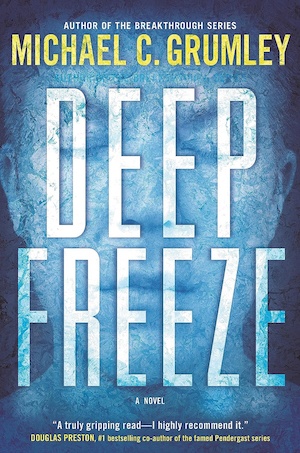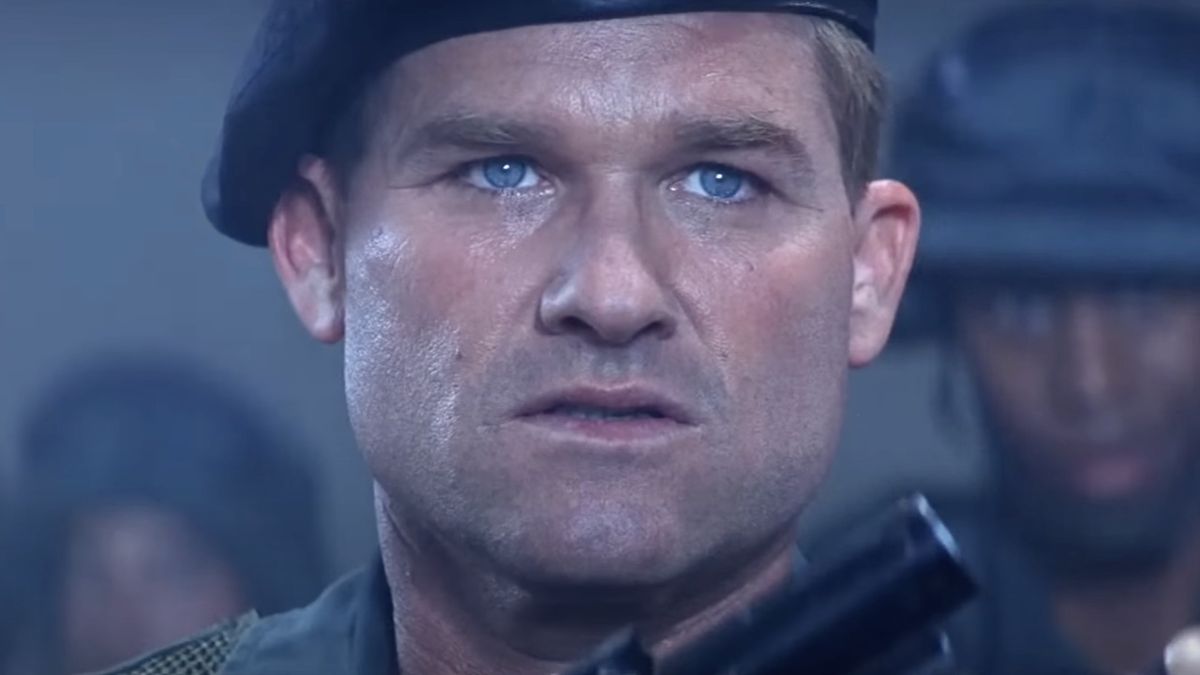
Set in the near future, Michael C Grumley’s new thriller Deep Freeze probes issues surrounding the quest for immortality. Who would want such a thing? What dose of hubris is required to even contemplate it? And, how could science make it possible?
Certainly, lifespan extension is a hot scientific topic today that extends beyond the laboratory, from policymaking through to philosophy. The conceptual seeds for a changed mindset about lifespan extension have been planted already by efforts to have aging declared a disease, which will legitimise medical research to make it curable, even reversible.
The bedrock requirement of any sort of medical or science-based thriller is the believability of the underlying science. It may not be technically correct, and if it involves the future, it may never come to pass, but it has to be presented in an authoritative way with enough detail to be persuasive without turning into a textbook. Readers need to be following along, nodding agreement. Michael Crichton was a master at this, and in the future-world category, Neal Stephenson is too. Michael C Grumley slows the story in a few places with digressions about medical and computing topics, but these are mostly well-handled and not over-long. It’s clear he has done his research, bringing together several advances in medical science that might address some of the inherent challenges of enhanced longevity. Still, while the science was handled pretty well, the characters don’t seem to think or act like scientists, and I’ve known and worked with loads of them.
In a brief but tense opener, former US Army Special Forces veteran John Reiff proves himself heroic, but dies in the process, when the bus he’s riding in plunges into an icy river. After that the story switches to an isolated research centre in the Arizona desert, where medical scientists are working on a one-of-a-kind technology. You get an inkling that everything isn’t on the up-and-up when the laboratory director’s private conversations suggest conflicting agendas.
The sophisticated machine that Rachel Souza (a vascular physician) and her friend, technician Henry Yamada, are testing is designed to warm a frozen body very slowly, taking into account the density of various tissues. It’s been used successfully to thaw a number of animals, starting with mice and working up in size, but today is the first human test. The person they’ll attempt to revive is John Reiff.
And they are successful. As he gradually regains both physical and mental capacity, he senses that Rachel and Henry aren’t completely honest about where he is and what the project is all about. But those suspicions are nothing compared to the shock of learning his bus accident occurred 22 years earlier. He’s been kept in a frozen state by someone, somewhere for decades.
Determinedly optimistic Rachel takes surprisingly long to recognise that all isn’t as it should be. The animals that were the first test subjects begin dying, smallest first. Will John share their fate? No matter. The shady governmental agency supporting the research believes John is proof-of-concept and expendable. As are Rachel and Henry. From this point on, the story is a frantic scramble for survival – ironic, given the book’s overall theme – much like a conventional thriller, and I liked the resourceful characters who help them out. But they are up against a powerful antagonist.
It’s the malevolent project mastermind, Liam Duchik, who poses the greatest plausibility problem for me. He’s blatantly psychopathic, and maybe one would need to be to conceive and carry out a project built on the expectation of immortality. Duchik has selected a small group of people for the project’s next phase, along with, of course, himself.
Grumley manoeuvers around the ‘how could this happen?’ ethical issues by describing how, during the period John was frozen, the world economy, governments and social systems totally imploded, due initially to cyberwars, followed by violent civil unrest. Traditional norms were abandoned. This upheaval also reveals why Rachel and Henry drive cars and use cell phones that are familiar to us today. No new stuff is being made.
This medical thriller is nicely paced, with likeable characters in Rachel, Henry, Reiff and the rescue team. It gives you a lot to think about, though the scientists focus on the immediate challenges of thawing frozen bodies, not the forest of ethical questions. As in so many human endeavours, it’s the human, Liam Duchik, that they end up tripping over.
Also see Red River Seven by AJ Ryan.
Tor Publishing Group
Print
£15.74
CFL Rating: 3 Stars
Order now on Amazon.co.uk or Amazon.com.






